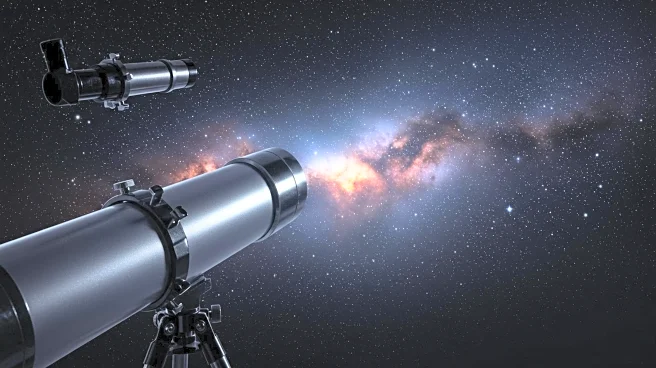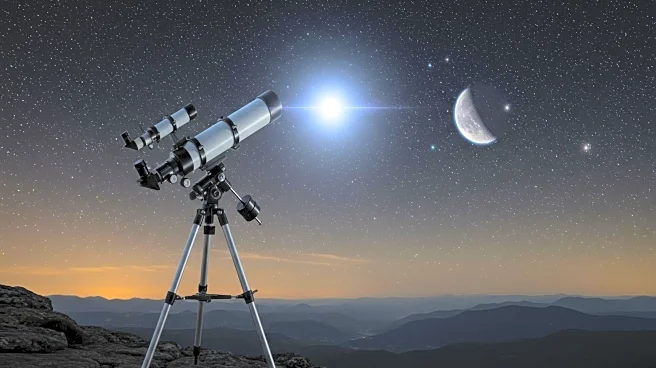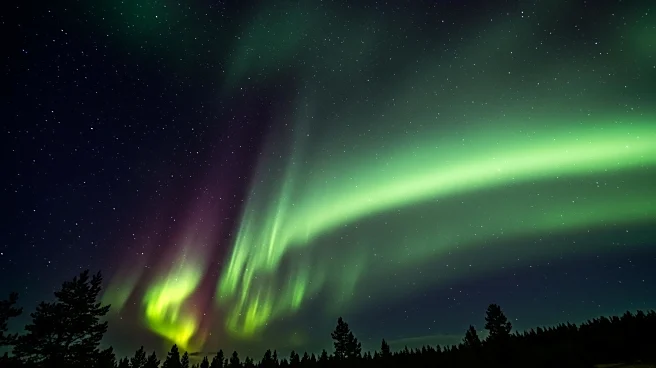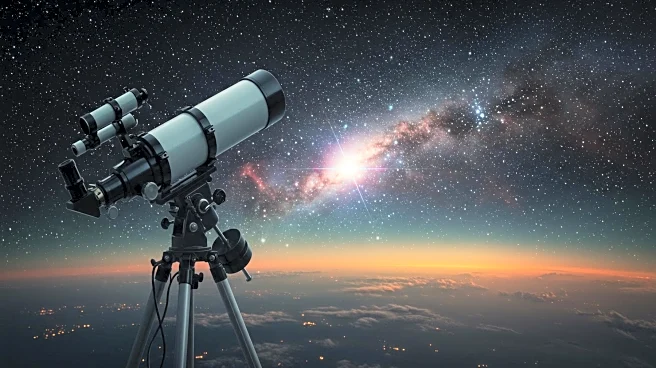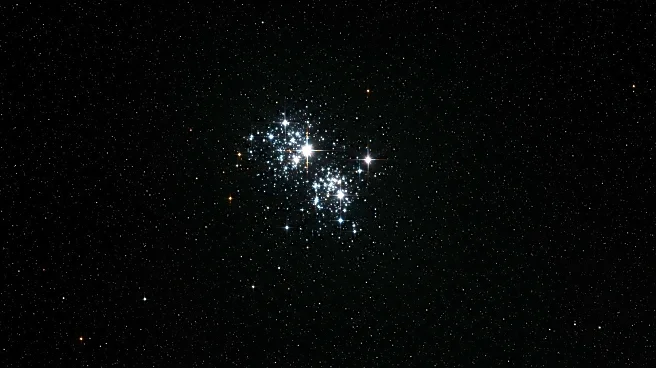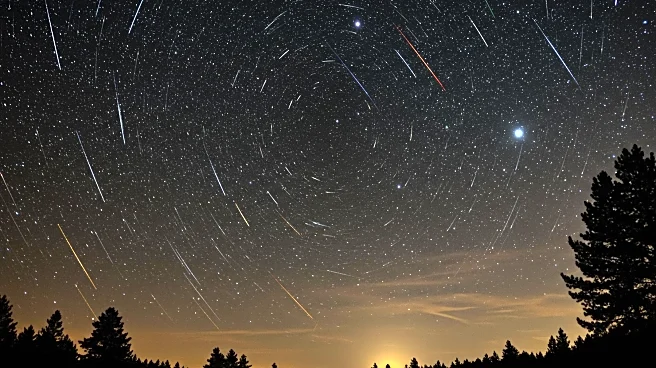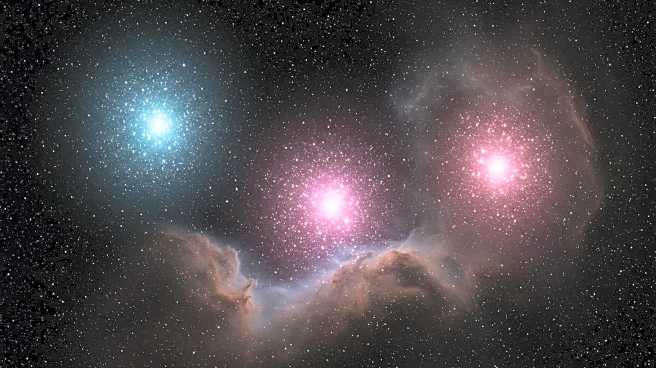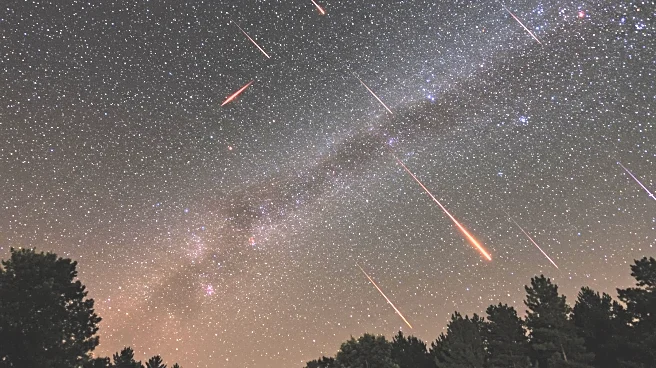What is the story about?
What's Happening?
Mercury will reach its greatest western elongation on August 19, providing a rare opportunity for stargazers to observe the planet at its farthest point from the sun in the morning sky. This event occurs when Mercury is at its maximum angular distance from the sun, making it visible to the naked eye despite its typically elusive nature due to its proximity to the sun. Observers in locations such as New York will see Mercury rise about 16 degrees above the eastern horizon before the sun's light begins to overpower its visibility. The planet will appear as a bright 'morning star' and can be seen low among the stars of the constellation Cancer, with Venus and Jupiter forming a line to its upper right. Stargazers are advised to look east in the hour before dawn for the best chance to spot Mercury.
Why It's Important?
This astronomical event is significant for both amateur and professional astronomers as it provides a rare chance to observe Mercury, which is often difficult to see due to its close orbit around the sun. The event allows for educational opportunities and public engagement in astronomy, encouraging interest in celestial phenomena. Observing Mercury's phases through a telescope can offer insights into its surface and atmospheric conditions, contributing to scientific understanding of the planet. Additionally, such events can inspire interest in space exploration and the study of planetary systems, fostering a broader appreciation for science and technology.
What's Next?
Following Mercury's greatest western elongation, astronomers and enthusiasts may continue to track its movement across the sky, observing its phases and interactions with other celestial bodies. This event may lead to increased public interest in upcoming astronomical occurrences, such as planetary alignments and eclipses. Educational institutions and observatories might organize viewing events and workshops to capitalize on the heightened interest in astronomy. Furthermore, advancements in telescope technology could enhance the ability to observe Mercury and other planets, potentially leading to new discoveries.
Beyond the Headlines
The event underscores the importance of preserving dark skies and minimizing light pollution to ensure optimal conditions for astronomical observations. It also highlights the cultural and historical significance of stargazing, which has been a part of human civilization for centuries. As interest in space exploration grows, events like Mercury's elongation can serve as a reminder of the vastness of the universe and humanity's place within it, encouraging philosophical and ethical discussions about our role in space exploration and stewardship of the Earth.
AI Generated Content
Do you find this article useful?
